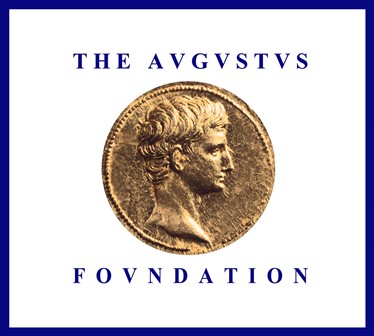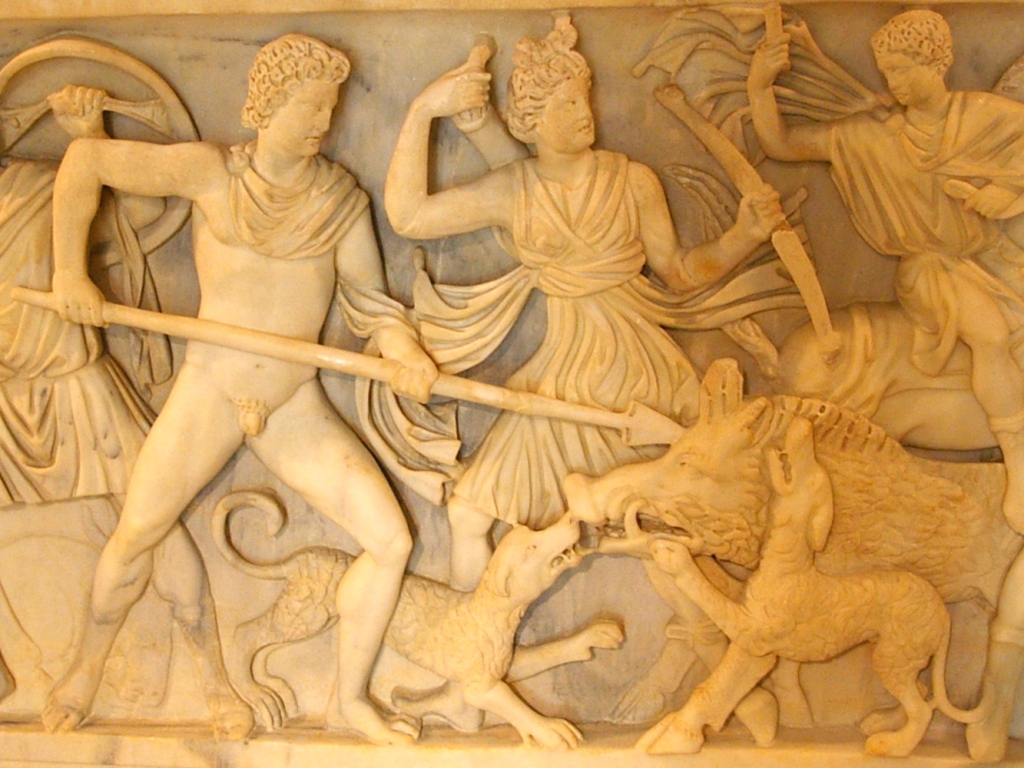
|
 |
- Home
- News
- Team
- Databases
- Conferences
- Oxford Studies on the Roman Economy
- Coin Hoards of the Roman Empire Project
- Affiliated Projects
- Publications
- Bibliographies
- Working Papers
- Links

The Economics of Roman Art
13-01-2011 | ||||
The sixth OXREP conference (Oxford, September 26-27, 2011) will focus on the economics of Roman Art. Confirmed speakers include Andrew Wilson, William Harris, Janet DeLaine, Rolf Schneider, Will Wootton, Domenico Esposito, Miko Flohr, Ben Russell, Susan Kane, Julie van Voorhis, Amanda Claridge, Simona Perna and Susan Walker. The conference will be held in the lecture theatre of the Stelios Ioannou Centre for Classical and Byzantine Studies. Attendance is free, but in order for us to plan numbers, please register with miko.flohr@classics.ox.ac.uk. The conference programme is available on this website.
The Roman world produced an astounding quantity of artistic works for display in both public and private settings – statues, mosaics, wall paintings, architectural sculpture, jewellery, etc. The archaeological record shows a quantity and distribution of such works between the first century BC and the third century AD unmatched in any other pre-industrial society. Cumulatively they suggest a colossal degree of expenditure on ultimately unproductive works, sufficient to sustain a whole economic sector of artists and artisans in their production. Despite this, the economics of producing, selling and consuming artistic works have tended to received only limited attention in scholarly debates about Roman art, while art as a product category is more or less absent from discussions of the Roman economy. The conference will bring together both ancient art historians and ancient economic historians – rather than focusing on the practicalities of production in different media, it poses a broader question: what does the study of the economics of artistic production add to our understanding of both the Roman economy and Roman art history? Artistic production is not often discussed in this context but questions of patronage, consumption, craft organisation, production techniques and access to materials, and their changes over time, have much to contribute to this debate, particularly the question of economic growth. To what extent, for example, do changes in artistic output mirror economic developments? Who was investing in art and how much were they spending? Was investment equally spread across the Roman Empire and how did it change over time? What effect did artistic production have on the economies of individual urban centres? How far down the social strata were different types of work affordable? What does the trade in works of art, as well as raw materials, add to our understanding of connectivity in this period? How did changing patterns of demand effect modes of production? What was the scale of production? Can we detect relationships between patronage and artistic quality? Overall, and in addition to posing specific questions of the evidence, this conference seeks to explore more generally the potential, as well as the limits, of this kind of investigation: when, in other words, is artistic production a genuinely useful source for economic analysis, and when are we simply pushing the evidence too far? The conference programme can be downloaded here. September 26-27, 2011: Ioannou Centre for Classical and Byzantine Studies, Lecture Theatre. Registration. Download: |  |
Webdesign, databasedesign: Miko Flohr, 2010-2024. Content: OXREP, 2005-2024.